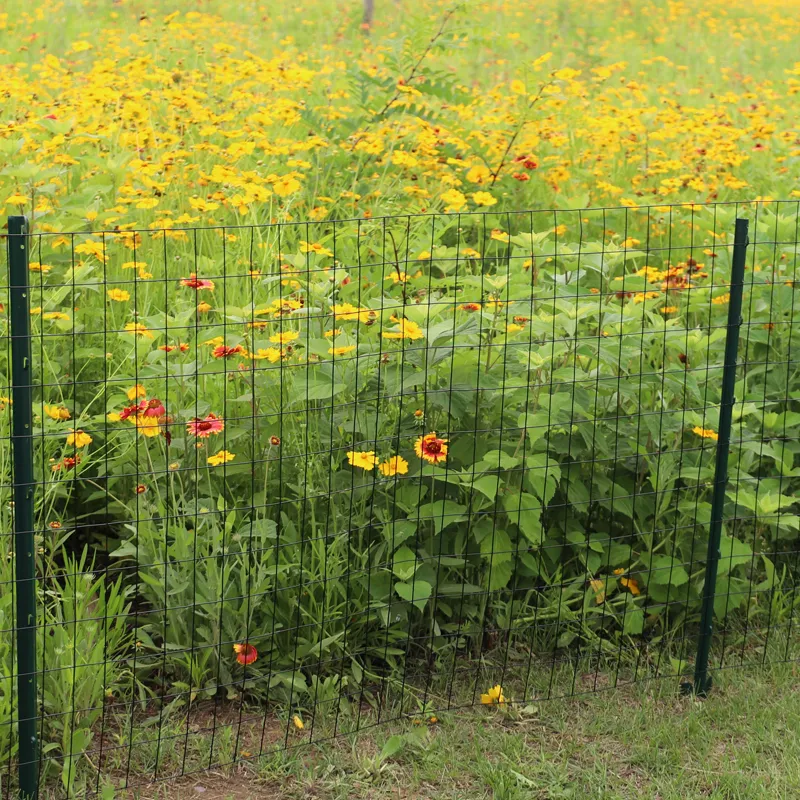Understanding Stake Plant Support A Guide for Gardeners
When it comes to gardening, ensuring that your plants have the support they need is crucial for their growth and health. Among the various methods available, stake plant support stands out as one of the most effective techniques for providing structure and stability to climbing or tall plants. This article will delve into what stake plant support is, its benefits, and how to implement it in your gardening practices.
What is Stake Plant Support?
Stake plant support involves using vertical stakes anchored into the ground to provide support for plants as they grow. This method is particularly useful for tall or climbing plants, such as tomatoes, peas, and pole beans, which can become top-heavy and prone to falling over without proper support. By driving a stake into the ground next to the plant and tying the stem to the stake, gardeners can help promote better growth and fruit production.
Benefits of Using Stake Plant Support
1. Improved Air Circulation One of the primary benefits of using stake plant support is improved air circulation around the plants. This allows for better airflow, reducing the risk of fungal diseases and promoting overall plant health.
2. Increased Sunlight Exposure Staked plants are better positioned to receive sunlight. By elevating them off the ground, the leaves and fruits can bask in the sunlight, which is essential for photosynthesis and ultimately leads to healthier plants.
3. Reduced Risk of Damage Stake plant support minimizes the risk of plants being damaged by wind, rain, or pests. When plants are securely staked, they are less likely to bend or break under harsh weather conditions or be knocked over by foraging animals.
4. Easier Harvesting For gardeners who grow crops like tomatoes or cucumbers, stake plant support makes harvesting much easier. Elevated plants allow for better access, reducing the need to bend down or reach deep into dense foliage.
stake plant support

5. Space Efficiency For those with limited garden space, stake plant support makes vertical gardening possible. This allows gardeners to grow more plants in a smaller area, promoting a more productive garden.
How to Implement Stake Plant Support
Implementing stake plant support is a straightforward process. Here are the steps to follow
1. Select the Right Stakes Choose stakes made from durable materials such as wood, metal, or bamboo, depending on the size and type of plant you are supporting. Make sure the stakes are tall enough to accommodate the expected height of your plants.
2. Install the Stakes Drive the stakes into the ground about a foot away from the base of the plant. Ensure they are deep enough to provide stability, especially for taller plants. For larger plants, consider using multiple stakes for added support.
3. Tie the Plants Use soft ties, such as twine or plant ties, to gently secure the plant stems to the stakes. Be careful not to tie them too tightly, as this can damage the plant. Make sure to check and adjust the ties as the plant grows.
4. Monitor Growth Regularly inspect your staked plants to ensure they are growing well and that the supports are functioning as intended. Adjust ties and add additional stakes as necessary.
In conclusion, stake plant support is an essential technique for gardeners looking to promote healthy plant growth and maximize yields. By providing stability, improving airflow, and allowing for better sunlight exposure, staking can significantly enhance the success of your garden. Whether you are a seasoned gardener or just starting, incorporating stake plant support into your practices can lead to thriving plants and a bountiful harvest. Happy gardening!
















